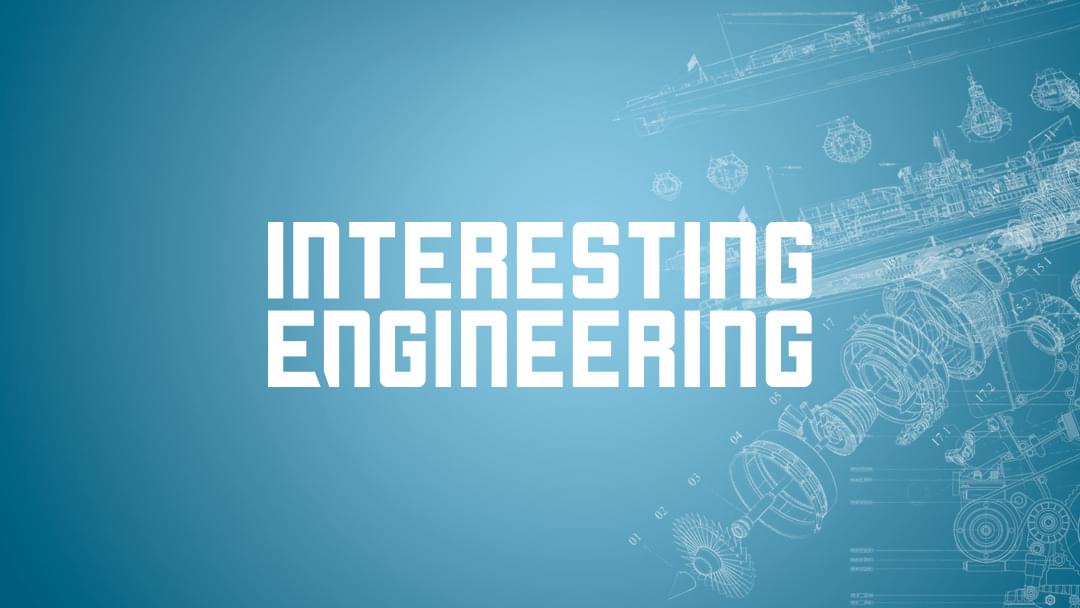XPENG sees Iron as a personal assistant for admin and customer service in homes, offices, and retail—beyond just manufacturing.
Category: robotics/AI – Page 247
OpenAI is reportedly in talks to buy Windsurf for $3B, with news expected later this week
Windsurf, the maker of a popular AI coding assistant, is in talks to be acquired by OpenAI for about $3 billion, Bloomberg reported.
If the deal happens, it would put OpenAI in direct competition with a number of other AI coding assistant providers, including Anysphere, the maker of Cursor, which OpenAI backed from its OpenAI Startup Fund.
The acquisition could jeopardize the credibility of the OpenAI Startup Fund, given that it is one of Cursor’s biggest investors, said a person familiar with Cursor’s cap table. It’s not clear whether OpenAI approached Cursor about an acquisition.
New system lets drones navigate indoors, outdoors with aerobatic precision
New system lets drones autonomously perform complex aerobatics, safely outmaneuvering humans in both indoor and outdoor settings.




Forebrain engraftment by human glial progenitor cells enhances synaptic plasticity and learning in adult mice
Human astrocytes are larger and more complex than those of infraprimate mammals, suggesting that their role in neural processing has expanded with evolution. To assess the cell-autonomous and species-selective properties of human glia, we engrafted human glial progenitor cells (GPCs) into neonatal immunodeficient mice. Upon maturation, the recipient brains exhibited large numbers and high proportions of both human glial progenitors and astrocytes. The engrafted human glia were gap-junction-coupled to host astroglia, yet retained the size and pleomorphism of hominid astroglia, and propagated Ca2+ signals 3-fold faster than their hosts. Long-term potentiation (LTP) was sharply enhanced in the human glial chimeric mice, as was their learning, as assessed by Barnes maze navigation, object-location memory, and both contextual and tone fear conditioning. Mice allografted with murine GPCs showed no enhancement of either LTP or learning. These findings indicate that human glia differentially enhance both activity-dependent plasticity and learning in mice.
Copyright © 2013 Elsevier Inc. All rights reserved.
RoboBee: Flapping-wing robots land safely with insect-inspired tech
The team studied the long, jointed legs of the crane fly, an insect known for its slow, deliberate movements. These legs appear perfectly designed to absorb impact and ensure a gentle touchdown.
Inspired by this natural design, the engineers outfitted the RoboBee with its own set of long, double-jointed legs. These new appendages are designed to cushion the impact as the robot transitions from air to ground, protecting its delicate components.


Mimosa seed bio-piezoelectric device functions as self-charging supercapacitor with high efficiency
Most energy generators currently employed within the electronics industry are based on inorganic piezoelectric materials that are not bio-compatible and contribute to the pollution of the environment on Earth. In recent years, some electronics researchers and chemical engineers have thus been trying to develop alternative devices that can generate electricity for medical implants, wearable electronics, robots and other electronics harnessing organic materials that are safe, bio-compatible and non-toxic.
Researchers at the Materials Science Centre, Indian Institute of Technology Kharagpur recently introduced a new device based on seeds from the mimosa pudica plant, which can serve both as a bio-piezoelectric nanogenerator and a self-chargeable supercapacitor. Their proposed device, outlined in a paper published in the Chemical Engineering Journal, was found to achieve remarkable efficiencies, while also having a lesser adverse impact on the environment.
“This study was motivated by the need for biocompatible, self-sustaining energy systems to power implantable medical devices (e.g., pacemakers, neurostimulators) and wearable electronics,” Prof. Dr. Bhanu Bhusan Khatua, senior author of the paper, told Tech Xplore.